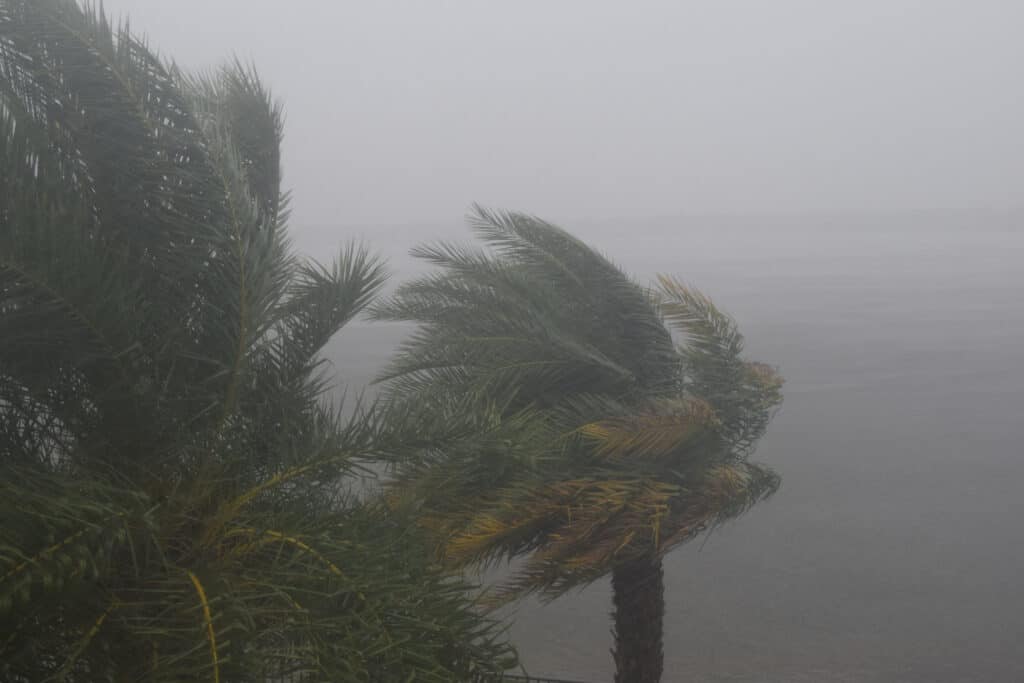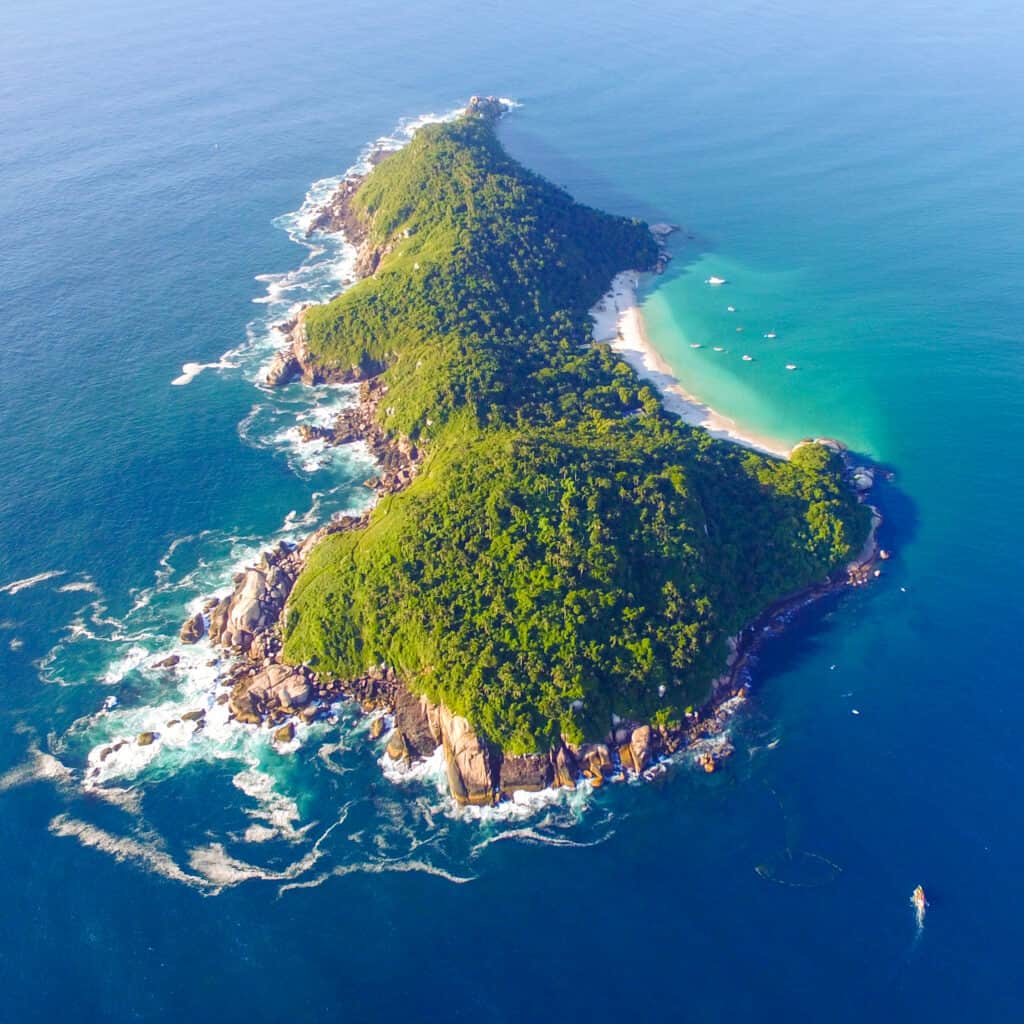Hurricanes have the power to terrify the populace by destroying entire towns and upheaving entire populations. Strong winds and rough waves that accompany hurricanes endanger the lives of humans and animals living along the coasts.
Destruction follows some of the biggest hurricanes in recorded history, wiping many locations out. There is only so much you can do to minimize loss of life, property destruction, and other calamities when a natural disaster occurs. Despite emergency authorities’ greatest efforts to urge quick evacuation and meteorologists’ best efforts to foresee such storms.
Despite everyone’s best efforts, managing a storm properly is impossible due to its extreme unpredictability. The world’s largest storms, those that fall into the most severe hurricane categories, will serve as a reminder to be grateful for your home and loved ones. There’s no denying that our planet may be quite hazardous at times and unstable weather patterns can suddenly appear.

Destruction follows some of the biggest hurricanes in
recorded history
, wiping many locations out.
©LouiesWorld1/Shutterstock.com
The Great Hurricane
A strong hurricane strikes the Caribbean islands in October 1780, killing over 20,000 people. The Great Hurricane of 1780 is one of the worst storms in history. Since the hurricane occurred before the development of contemporary storm-tracking equipment, details about it, such as its precise location of origin and power, are unclear.
Its first stop was Barbados, on October 10. Then moving over a large portion of the remainder of the eastern Caribbean over the course of the following week. There were thousands of injuries and substantial damage to property on the hardest-hit islands, including Barbados, Martinique, and St. Lucia.
Destroying all of the forts, ruining several buildings and even the strongest structures pulling from their foundations as it moved along its path. Nearly all of Bridgetown’s homes, municipal buildings, and churches experienced total destruction. Meteorologists believe the wind speeds of over 200 mph stripped many of the trees of their foliage. People were unable to hear their own voices due to the storm’s deafening roar.

There were thousands of injuries and substantial damage to property on the hardest-hit islands, including Barbados, Martinique, and St. Lucia.
©Pyty/Shutterstock.com
Death From the Great Hurricane
During the storm’s passage across the Lesser Antilles from October 10 to 16, an astounding 22,000 people perished there. Some records show even higher deaths, reaching nearly 28,000 perished. Since the official Atlantic hurricane record only stretches back to 1851, details on the hurricane’s path and intensity are unclear.
On some islands, entire villages vanished as a result of the storm, which seemed to be an expert at wreaking havoc across the area. Martinique was completely destroyed by the storm, which claimed 9,000 lives. Approximate numbers of deaths on the island of Sint Eustatius range from 4,000 to 5,000.
The Great Hurricane alone caused more fatalities than several decades’ worth of Atlantic hurricanes combined. Figures for Hurricane Mitch, the second-deadliest Atlantic hurricane, are somewhat higher since those numbers are probably more accurate. The hurricane occurred in October along with two other devastating storms that were a part of the dreadful 1780 Atlantic hurricane season.

Hurricane Mitch left Honduras on October 29 and continued through Central America, reforming in the Bay of Campeche, before making landfall in Florida.
©Gustava Testa/Shutterstock.com
Modern Day Threats
Hurricane Mitch is the second-deadliest storm in history and the worst to impact the Western Hemisphere in more than 200 years, with an estimated 11,000 fatalities and many more missing. In Honduras, where most of the nation’s infrastructure and agriculture experienced total devastation, the storm brought more than $5 billion in damages. Mitch wreaked havoc in Nicaragua as well, killing 2,000 people in a single mudslide.
On October 22, 1998, Storm Mitch made landfall as a tropical depression; by October 26, it had strengthened into a Category 5 hurricane. Winds gust over 200 mph and sustaining at 180 mph at the peak of the storm. Hurricane Mitch left Honduras on October 29 and continued through Central America, reforming in the Bay of Campeche, before making landfall in Florida on November 4–5, 1998 as a tropical storm.
Incredible rainfall from Hurricane Mitch led to extensive flooding and several landslides, mostly in Honduras and Nicaragua. Flash floods and mudslides from Hurricane Mitch brought destruction to thousands of homes, making almost 20% of Honduras’s population homeless.
In Honduras, the majority of minor roads and bridges were severely ravaged or destroyed, isolating many villages and making it difficult for them to access aid. There are reports that current route maps were rendered worthless due to the extent of the devastation.

In Honduras, where most of the nation’s infrastructure and agriculture experienced total devastation, Hurricane Mitch brought more than $5 billion in damages.
©iStock.com/Josephine Jullian
Up Next
- Which States Have The Most Hurricanes And Why?
- What Is The Eye Of A Hurricane And Why Does It Form?
- Why Do Hurricanes Have Names, and How Are They Chosen?
- What Causes Hurricanes? How are They Formed?
The photo featured at the top of this post is © LiL SUS/Shutterstock.com
FAQs (Frequently Asked Questions)
What is the worst hurricane to ever strike in history?
A strong hurricane strikes the Caribbean islands in October 1780, killing over 20,000 people. The Great Hurricane of 1780 is one of the worst storms in history. Since the hurricane occurred before the development of contemporary storm-tracking equipment, details about it, such as its precise location of origin and power, are unclear.
What is the second worst hurricane in history?
Hurricane Mitch is the second-deadliest storm in history and the worst to impact the Western Hemisphere in more than 200 years, with an estimated 11,000 fatalities and many more missing. In Honduras, where most of the nation’s infrastructure and agriculture experienced total devastation, the storm brought more than $5 billion in damages. Mitch wreaked havoc in Nicaragua as well, killing 2,000 people in a single mudslide.
Thank you for reading! Have some feedback for us? Contact the AZ Animals editorial team.






